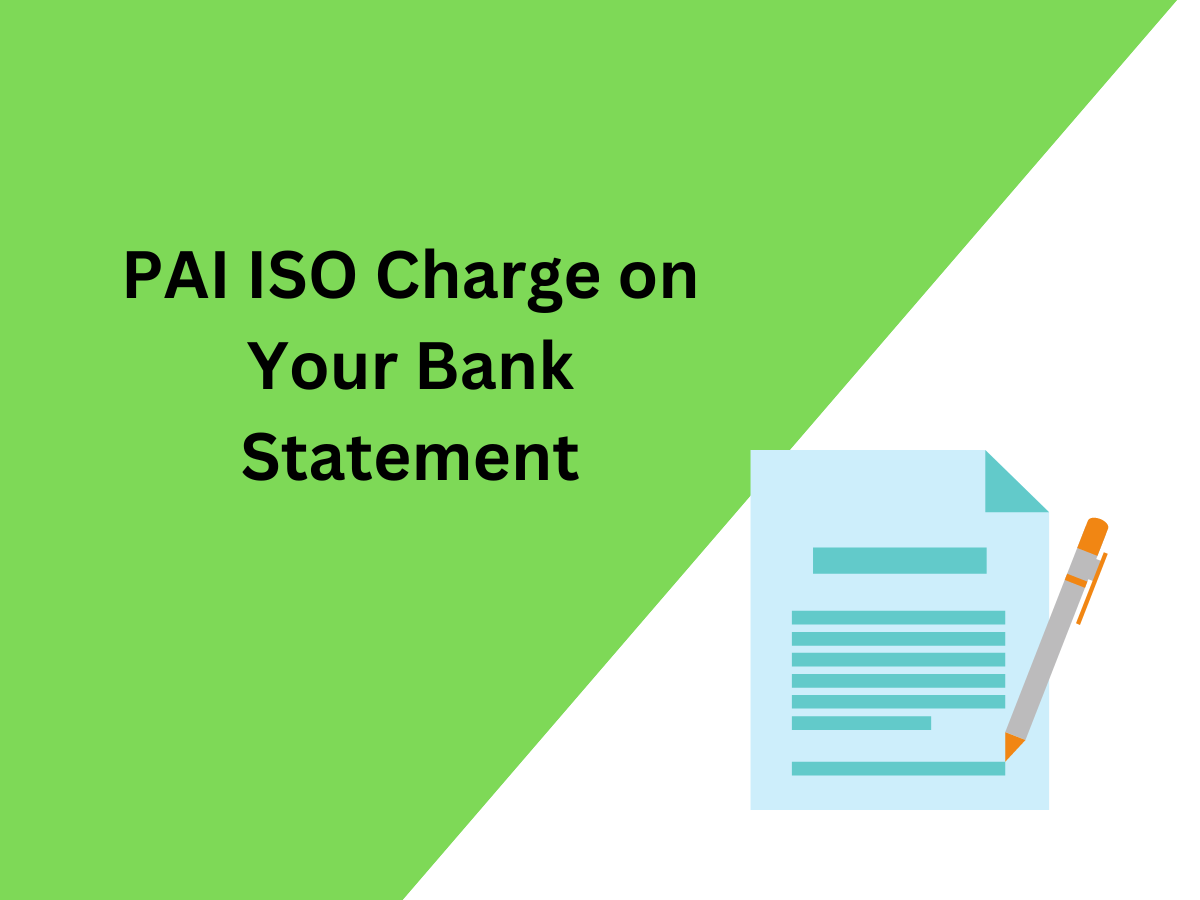
What Is the PAI ISO Charge on Your Bank Statement?
In the digital age, our bank statements have become more complex than simple lists of deposits and withdrawals. They’re now filled with abbreviations and charges that might seem cryptic at first glance. One such entry that has left many scratching their heads is the “PAI ISO Charge.” This article aims to unravel the mystery behind this charge, who might see it on their bank statements, and why it’s important for banking customers, financial literacy seekers, and online shoppers to understand.
Understanding the Basics: What is the PAI ISO Charge?
The term PAI refers to Payment Alliance International, a significant player in the ATM management and payment processing industry. Payment Alliance International, or PAI, partners with businesses to provide ATM solutions and other payment processing activities. The “ISO” in PAI ISO stands for Independent Sales Organization, which is a third-party entity that facilitates credit card processing for merchants but is not directly affiliated with Visa or Mastercard.
When you see a PAI ISO charge on your bank statement, it means you’ve engaged in a transaction that went through an ATM or a payment processing service managed by PAI or its network. This charge could appear for various reasons, often linked to ATM transactions outside your bank’s network, payment processing fees for online purchases, or even monthly or annual fees associated with using specialized financial services or cards.
Why You Might See This Charge
- ATM Transactions: If you’ve used an ATM not affiliated with your bank, any transaction fee may appear as a PAI ISO charge. PAI manages a vast network of ATMs, and using one could incur a direct charge.
- Online Shopping: PAI also processes payments for online retailers. If you shop online, a part of the transaction fee levied by the retailer, if processed through PAI, could show up as a PAI ISO charge on your statement.
- Monthly/Annual Fees: For cards or financial services under PAI’s umbrella, any associated fees may also be listed in this manner.
Understanding these charges is vital for managing your finances efficiently, avoiding unnecessary expenses, and keeping track of where your money is going.
Breaking It Down: The Mechanics of PAI ISO Charges
When you interact financially in scenarios where PAI is a stakeholder, a fee structure comes into play. These fees are usually agreements between PAI, the merchant, and possibly your bank, depending on the nature of the transaction.
ATM Withdrawals: For ATM transactions, the fee can vary widely. It may include a surcharge by the ATM operator (in this case, PAI or its affiliates) and an additional fee from your bank for using an out-of-network ATM.
Payment Processing: When buying from an online store that uses PAI’s payment processing services, a portion of transaction fees, agreed upon by the retailer and PAI, may be passed on to you. This practice isn’t very common but it’s not unheard of, especially in smaller, niche online stores trying to offset operational costs.
Subscription Services: If you’ve opted into a financial service or payment card within PAI’s network, any subscription costs or one-off fees for services rendered would also appear as a PAI ISO charge.
The Significance of Recognizing and Understanding These Charges
- Financial Management: Identifying and understanding every charge on your bank statement is crucial for effective personal finance management. It helps you track your spending, manage your budget, and identify any unauthorized transactions quickly.
- Avoiding Unnecessary Fees: Awareness of how PAI ISO charges work can help you make informed decisions about ATM usage, choose where to shop online wisely, and even decide whether certain financial services or subscriptions are worth the cost.
- Dispute Resolution: Should you encounter an unexpected PAI ISO charge, recognizing it enables you to promptly address the issue with your bank or the service provider. This knowledge is vital for disputing unauthorized transactions or correcting errors.
Tips for Managing and Minimizing PAI ISO Charges
- Use Network-affiliated ATMs: To avoid unnecessary ATM fees, withdraw money from ATMs affiliated with your bank’s network. Many banking apps offer a location service to find the nearest in-network ATM.
- Review Merchant Payment Policies: Before completing an online purchase, review the seller’s payment policies. Look for any mention of additional processing fees and consider these when deciding to proceed with the purchase.
- Evaluate Financial Products and Services: Before signing up for any financial service or product, especially those associated with small or independent organizations, review the associated fees. Consider if the service offers enough value to justify the cost.
- Regularly Review Your Bank Statement: Keep a close eye on your bank statements. Regular review helps you stay on top of any PAI ISO charges and other transactions, ensuring there are no surprises.
- Contact Customer Service for Clarification: If you notice a PAI ISO charge you don’t recognize or understand, don’t hesitate to contact your bank or the merchant for clarification. It’s better to inquire and clarify than to ignore a potentially incorrect charge.
Understanding the intricacies of bank charges, including the PAI ISO charge, empowers you to take control of your financial wellness. It ensures that you’re making informed decisions, which is essential in today’s complex digital financial landscape.